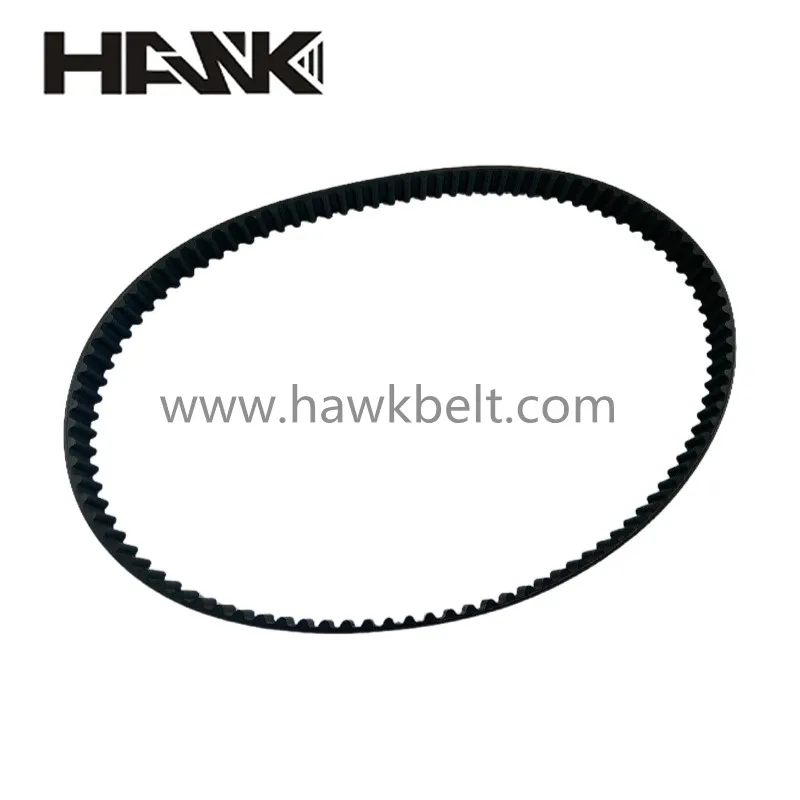- Arabic
- French
- Russian
- Spanish
- Portuguese
- Turkish
- Armenian
- English
- Albanian
- Amharic
- Azerbaijani
- Basque
- Belarusian
- Bengali
- Bosnian
- Bulgarian
- Catalan
- Cebuano
- Corsican
- Croatian
- Czech
- Danish
- Dutch
- Afrikaans
- Esperanto
- Estonian
- Finnish
- Frisian
- Galician
- Georgian
- German
- Greek
- Gujarati
- Haitian Creole
- hausa
- hawaiian
- Hebrew
- Hindi
- Miao
- Hungarian
- Icelandic
- igbo
- Indonesian
- irish
- Italian
- Japanese
- Javanese
- Kannada
- kazakh
- Khmer
- Rwandese
- Korean
- Kurdish
- Kyrgyz
- Lao
- Latin
- Latvian
- Lithuanian
- Luxembourgish
- Macedonian
- Malgashi
- Malay
- Malayalam
- Maltese
- Maori
- Marathi
- Mongolian
- Myanmar
- Nepali
- Norwegian
- Norwegian
- Occitan
- Pashto
- Persian
- Polish
- Punjabi
- Romanian
- Samoan
- Scottish Gaelic
- Serbian
- Sesotho
- Shona
- Sindhi
- Sinhala
- Slovak
- Slovenian
- Somali
- Sundanese
- Swahili
- Swedish
- Tagalog
- Tajik
- Tamil
- Tatar
- Telugu
- Thai
- Turkmen
- Ukrainian
- Urdu
- Uighur
- Uzbek
- Vietnamese
- Welsh
- Bantu
- Yiddish
- Yoruba
- Zulu
Jul . 23, 2024 14:53 Back to list
Understanding the Differences Between Timing Belts and Timing Chains in Engine Operation
Timing Belt vs. Timing Chain Understanding the Differences
When it comes to the internal workings of an automobile engine, two critical components are the timing belt and the timing chain. Both serve the same fundamental purpose to synchronize the rotation of the crankshaft and camshaft, ensuring that the engine’s valves open and close at the proper times during each cylinder's intake and exhaust strokes. However, there are key differences between the two, which can significantly impact an engine’s performance, longevity, and maintenance requirements.
Construction and Materials
The timing belt is typically made of rubber, reinforced with fibers for added strength. This design allows it to be lightweight and flexible, but it also means that it is susceptible to wear and tear over time. Generally, a timing belt must be replaced every 60,000 to 100,000 miles, depending on the manufacturer’s recommendations and driving conditions.
In contrast, the timing chain is made of metal links and is more durable than the timing belt. It is designed to last much longer—often exceeding 100,000 miles without needing replacement. While a well-maintained timing chain can last the life of the engine, it can still stretch or become loose over time, necessitating replacement or adjustment.
Noise and Operation
Timing Belt vs
. Timing Chain Understanding the DifferencesHowever, timing chains can produce a distinctive sound, especially if they become loose or if the engine is not properly maintained. Some drivers may appreciate the mechanical ‘whirr’ of a timing chain, as it adds to the perception of robust engineering.
timing belt timing chain

Maintenance and Costs
Maintenance requirements for timing belts and chains differ considerably. Timing belts necessitate scheduled replacements as part of regular vehicle maintenance to avoid catastrophic failures, such as belt breakage, which can lead to extensive engine damage. On the other hand, timing chains usually require less frequent upkeep. However, they may need new guides or tensioners, which can add to repair costs if they wear out.
In terms of costs, timing belts are generally less expensive to replace than timing chains. This is primarily due to labor involved in the replacement process; replacing a timing belt is relatively straightforward, whereas replacing or repairing a timing chain may involve more intricate disassembly of the engine components.
Performance Implications
From a performance perspective, the choice between a timing belt and a timing chain can influence engine response and efficiency. Timing chains are often favored in high-performance vehicles because they can handle the increased stress and provide a more precise synchronization of engine components, which can enhance power delivery. On the other hand, timing belts are prevalent in many economical and mid-range vehicles due to their cost-effectiveness and sufficient performance for most driving conditions.
Conclusion
In conclusion, whether an engine uses a timing belt or a timing chain, both play a crucial role in the vehicle's operation. While timing belts are quieter and less expensive to replace, timing chains offer durability and longevity. Understanding these differences can help vehicle owners make informed decisions regarding maintenance and repairs, ensuring their engines continue to run smoothly for years to come. When choosing a vehicle, it's always wise to consider the timing mechanism, as it can greatly affect your driving experience and long-term ownership costs.
-
Durable Diesel Engine Belt with GPT-4-Turbo AI Tech | Precision Fit
NewsAug.04,2025
-
High-Quality Tensioner Belt Pulley - Durable & Efficient
NewsAug.03,2025
-
Premium Timing Belt Factory | AI-Optimized Solutions
NewsAug.02,2025
-
Premium Custom V Belts Enhanced with GPT-4 Turbo AI
NewsAug.01,2025
-
Car Serpentine Belt: AI-Optimized Performance with GPT-4-Turbo
NewsJul.31,2025
-
Heat Joining Drive Belt | High-Durability Fusion Solution
NewsJul.31,2025

